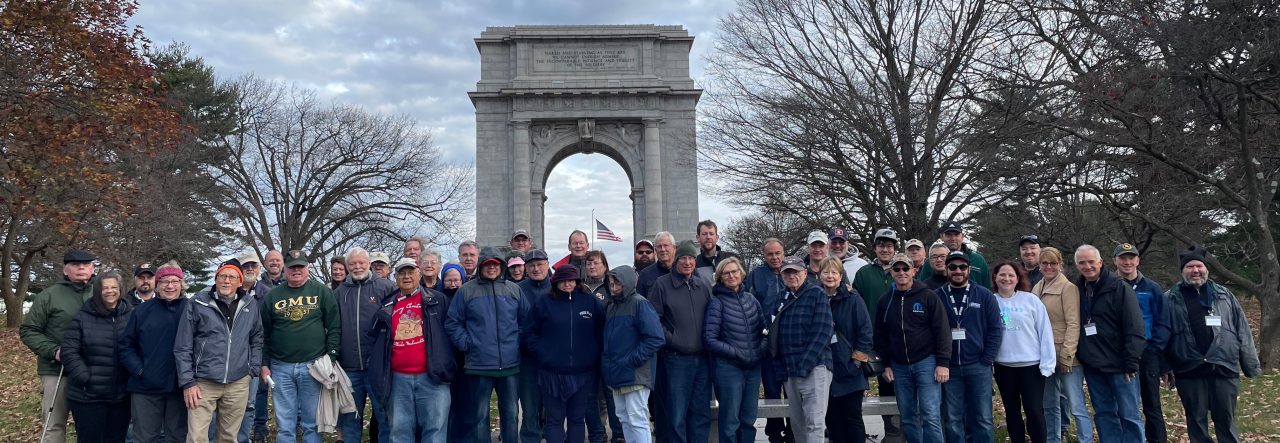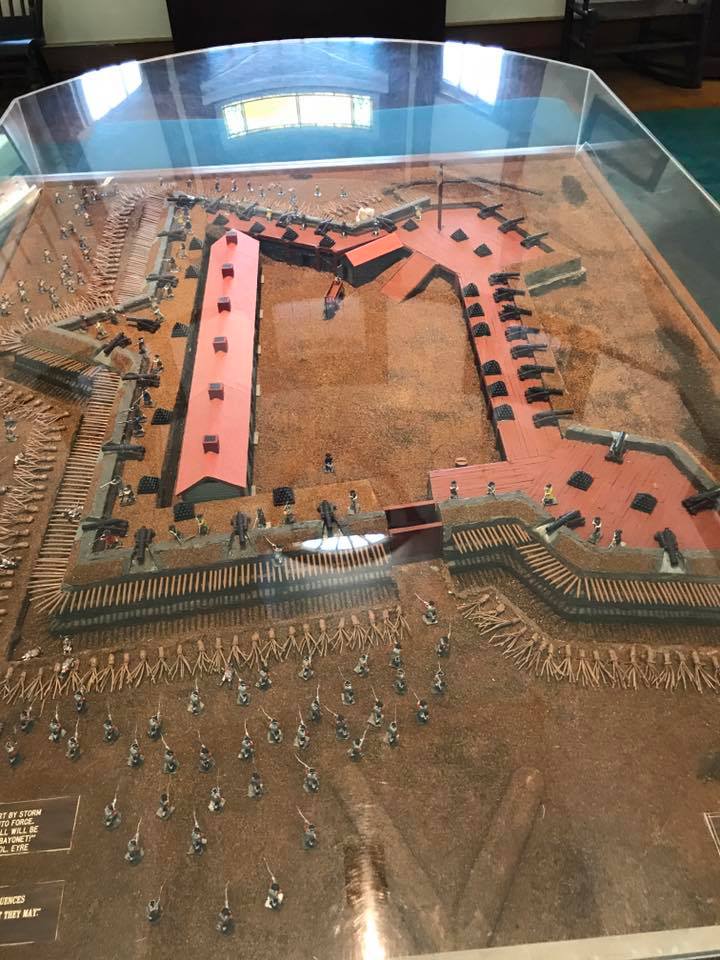It is that time again, for another Emerging Revolutionary War Sunday Night Happy Hour! This will be our 50th Sunday Night Happy Hour! There is no better way to celebrate than to talk about New Jersey in the American Revolution.
New Jersey was one of the most fought over areas during the American Revolution. Most know of the battles of Trenton, Princeton and Monmouth, but central New Jersey witnessed many small battles and important events during the Revolution. This area saw it all: from spies and espionage, to military encampments like Morristown and Middlebrook, to mutinies, raids, and full blown engagements like Bound Brook and Springfield. This part of New Jersey saw more action during the Revolution than anywhere else in the young nation. A full understanding of the war demands a study of these events and places.
We welcome historian and author Robert Dunkerly who has authored the latest ERW book titled “Unhappy Catastrophes: The American Revolution in Central New Jersey, 1776-1782” due out later this year. This talk coincides with our bus tour this November of Trenton and Princeton and will provide a good backdrop on the situation in New Jersey in 1776.
This Sunday, August 22nd at 7pm we will go live on our Facebook page. We look forward to this lively discussion and we encourage questions and comments via the chat box. “See” you this Sunday!


